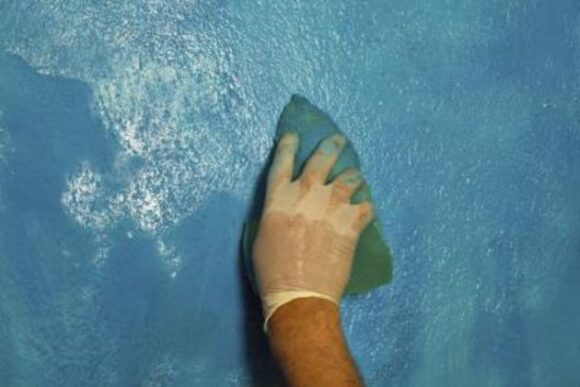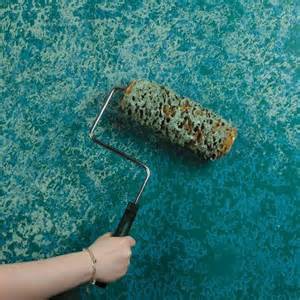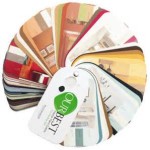Using Sponge Painting Color Combinations
When using sponge painting color combinations when making sponge finishes on walls. It is important to take the time to examine how colors relate to each other on the color wheel. What type of atmosphere you want to create with your sponging should be the priority before choosing the color.
Using sponge painting color combinations to paint with
It is equally important to choose colors that relate to each other in hues. Choose the colors that you prefer, but always keep in mind that the sponging is done with paint and if you are not happy with the result, there is a lot of preparation to be done before the area will be ready for a new look.
This style of sponge painting, while it may be assumed is a fairly new concept, has been around since the early 1800s, when the interest in home decorating began to increase in popularity. There was sponge painting before the introduction of wallpaper.
Actually, it is a fairly simple painting technique. The only other item that needs to be considered is the size of the sea sponge that will be used to apply it, once a paint palette that expresses one’s taste has been chosen. It is better enhanced with two or more colors, which are called sponge painting color combinations, though sponge painting is usually painted with a single paint color.
Analogous Colors
Colors that are within three spots of each other on the color wheel are called analogous colors. When sponging faux finishes, because of their closeness on the color wheel, a calm effect is produced by this kind of sponge painting color combinations. Analogous colors may be sponged on to give the effect of understated pieces of furniture or bedroom walls.
Complementary Colors
The colors that directly opposite each other on the color wheel are complementary colors. These have the most amounts of contrast and work very well together. When sponging with complementary colors, the darkest color must be used first, and then sponge the lighter color over the top of it. Complementary colors could be sponged on focal points or on walls where you want to make a strong statement.
Monochromatic Colors
Like khaki and ivory, monochromatic colors are different tones of the same color. The appearance, when sponging with monochromatic colors, is more subtle and sophisticated. As well as on accessories like lamps, frames, and vases, this kind of sponge painting color combinations in bedrooms and even formal rooms like living rooms or dining rooms are quite effective.
Metallic Colors
A richness is carried by metallic paint to sponging, which is difficult to achieve with nonmetallic paint colors. Dimension is added to a piece by sponging metallic paint over a base paint coat. You can sponge one metallic paint color over another. Which creates depth shadowing to the piece, such as gold over bronze. Using sponge painting color combinations as a technique, is a great highlight features for a fireplace wall.


















